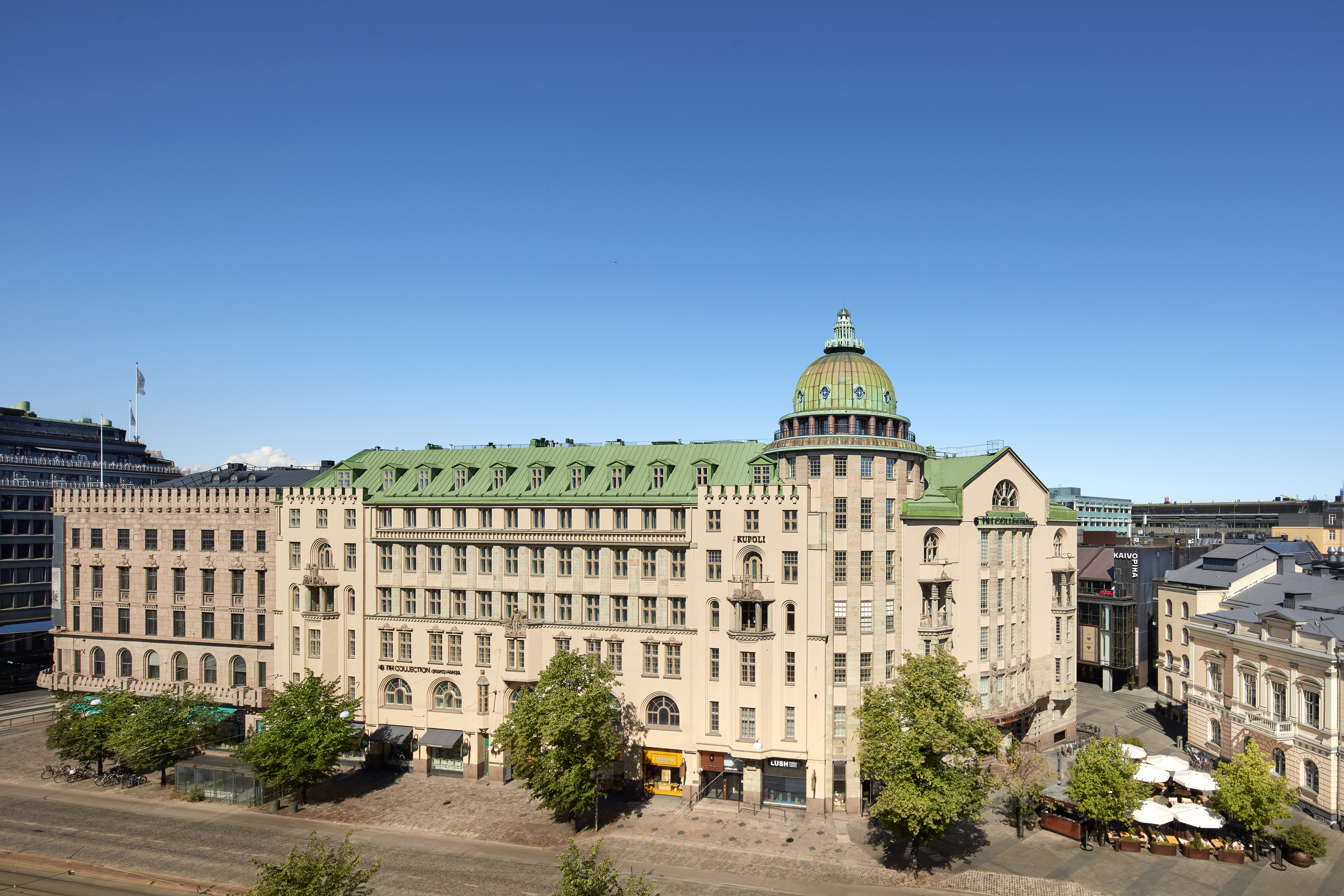
As southern Europe heats up and lines grow longer at landmarks from Paris to Pompeii, vacationers are turning their gaze to the cooler climes of the north. A recent report by the European Tourism Commission found short-term rentals increased by 37 percent in Norway, 32 percent in Sweden, and 24 percent in Finland. Yes, the cheaper and more satisfying vacay is in the north, and no city is further from the beaten track than Helsinki. It’s the home of the Lonkero, the national drink, and it’s where the word “sauna” comes from, the kind that involves birch branches for whipping.
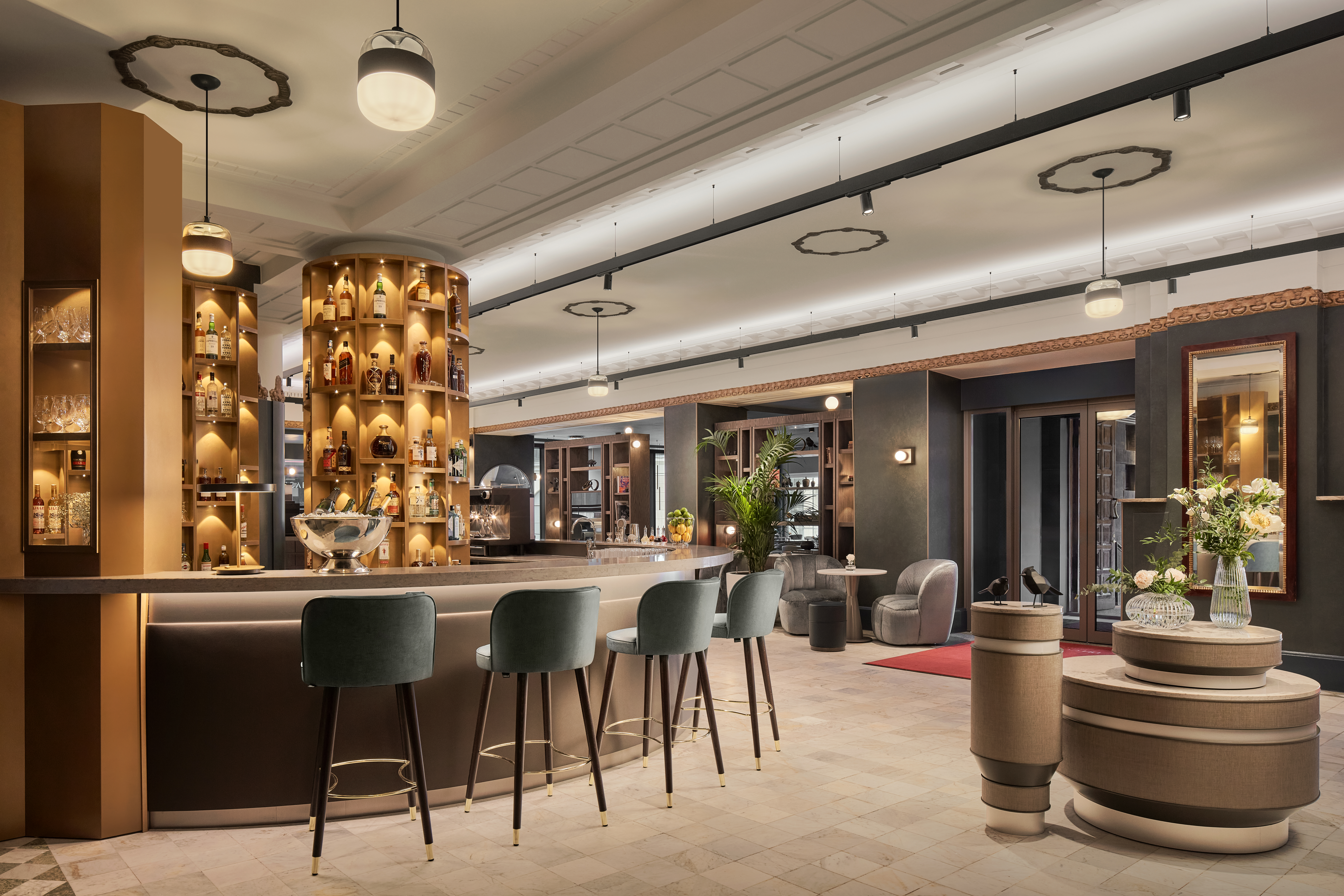
The easiest and most accommodating way to get there is on Icelandair with direct flights from New York’s JFK and LaGuardia. A quick train ride from the airport arrives at celebrated architect Eliel Saarinen’s historic Art Deco station in the heart of the city. Just across the street is Helsinki University, where the Art Nouveau-style Old and New Student House used to be. It sat adjacent to the former Hotel Seurahuone, one of the city’s most historic lodgings. Today, they form the five-star Helsinki Grand Hansa, part of the prestigious NH Collection of hotels. Newly opened last Spring, it’s one of the Finnish capital’s finest.
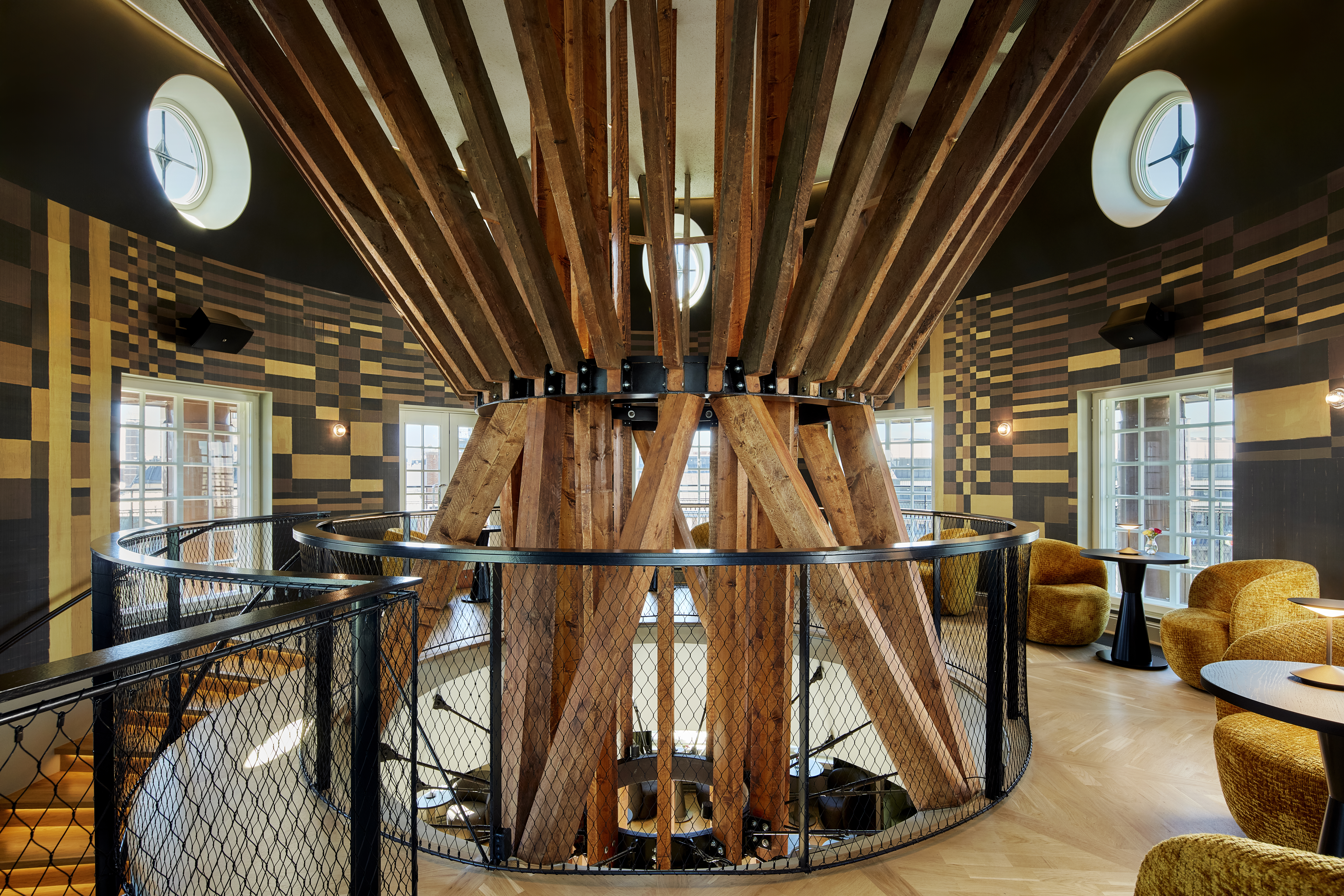
Featuring contemporary Scandinavian design, its 224 guest rooms and suites begin at 230€ ($258), climbing to 5,259€ ($5,480) for the Presidential Suite which, at 1,722-square- feet, sleeps three and includes all the usual amenities as well as a sitting area and spa access. Outside the windows are stunning views of Saarinen’s singular train station, or artist Felix Nylund’s The Three Smiths, a popular modernist sculpture and famous meeting place just off Aleksanterinkatu, a main thoroughfare bustling with shops and streetcars. Hansa Café Bar & Brasserie offers traditional Finnish dishes like the creamy lobster soup for starters, made with tomatoes, vanilla and lobster ravioli. Vegetarians might try the grilled hispi cabbage with caramelized Jerusalem artichoke puree for a main course. But a heartier option is the grilled beef entrecôte with a mushroom purée, Madeira sauce and fries.
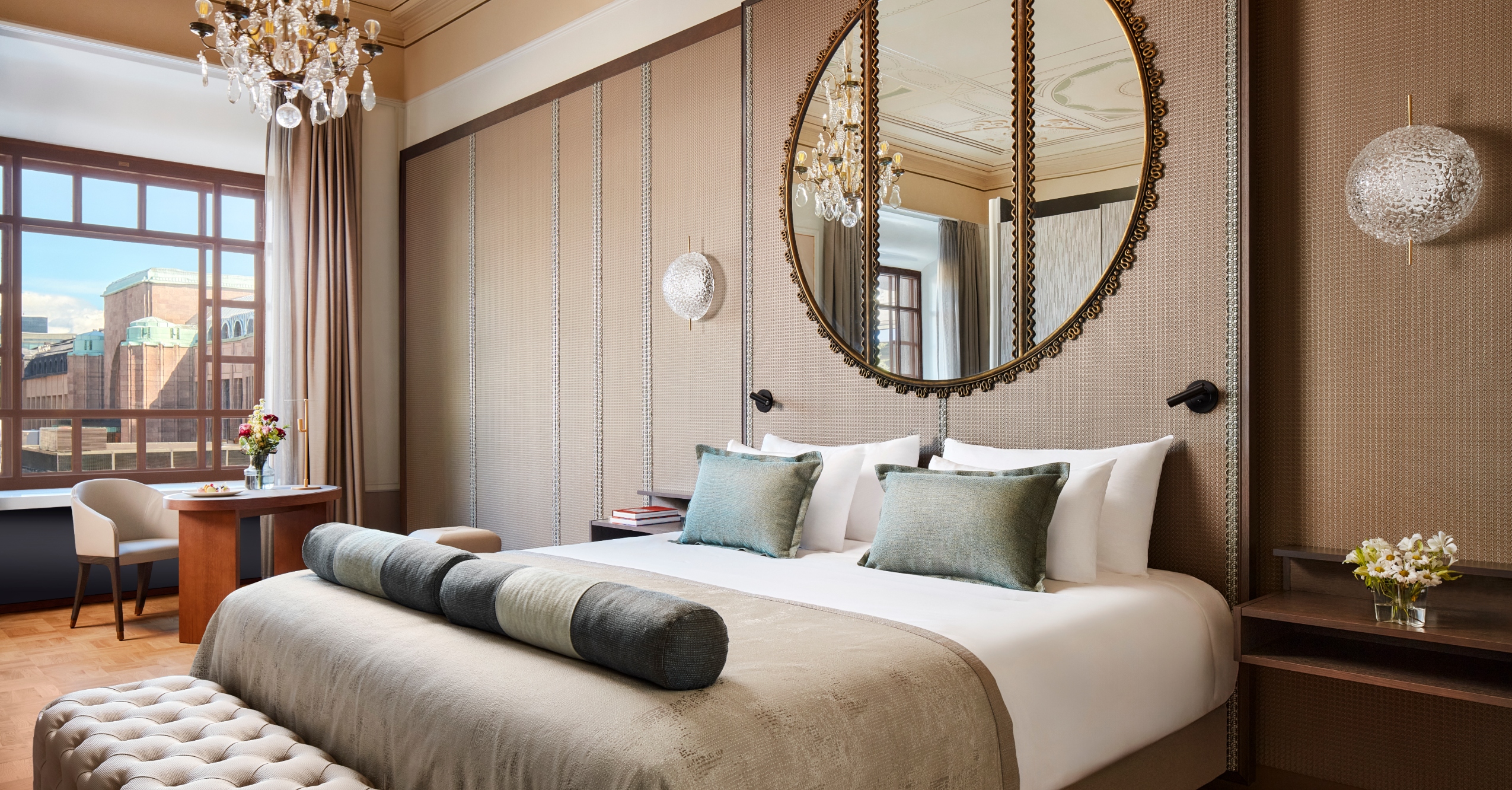
Cocktails are upstairs at the Kupoli bar inside the historic dome-shaped tower. Admire the 360-degree view while sipping exotic potables like the national drink, Lonkero, a gin-based concoction that’s traditionally made with grapefruit soda, but go with the flavor of your choosing. If that flavor happens to be plum, then try the Plumhattan, made with a local sour plum cordial, Noilly Prat dry vermouth and Japanese whiskey. Even better is the Apple & Brown Butter Whiskey Sour combining brown butter-washed Bulleit Rye, local Applejack, sour apple juice, honey and a splash of lemon.
The neighborhood is a fine cross section of traditional and contemporary Finnish architecture like nearby Oodi Library, which embodies both. Built by ALA Architects and opened in 2018, this glass and steel structure features a wooden facade inspired by traditional Scandinavian design. Open to all, it’s the perfect place for a quiet respite from the bustling city.
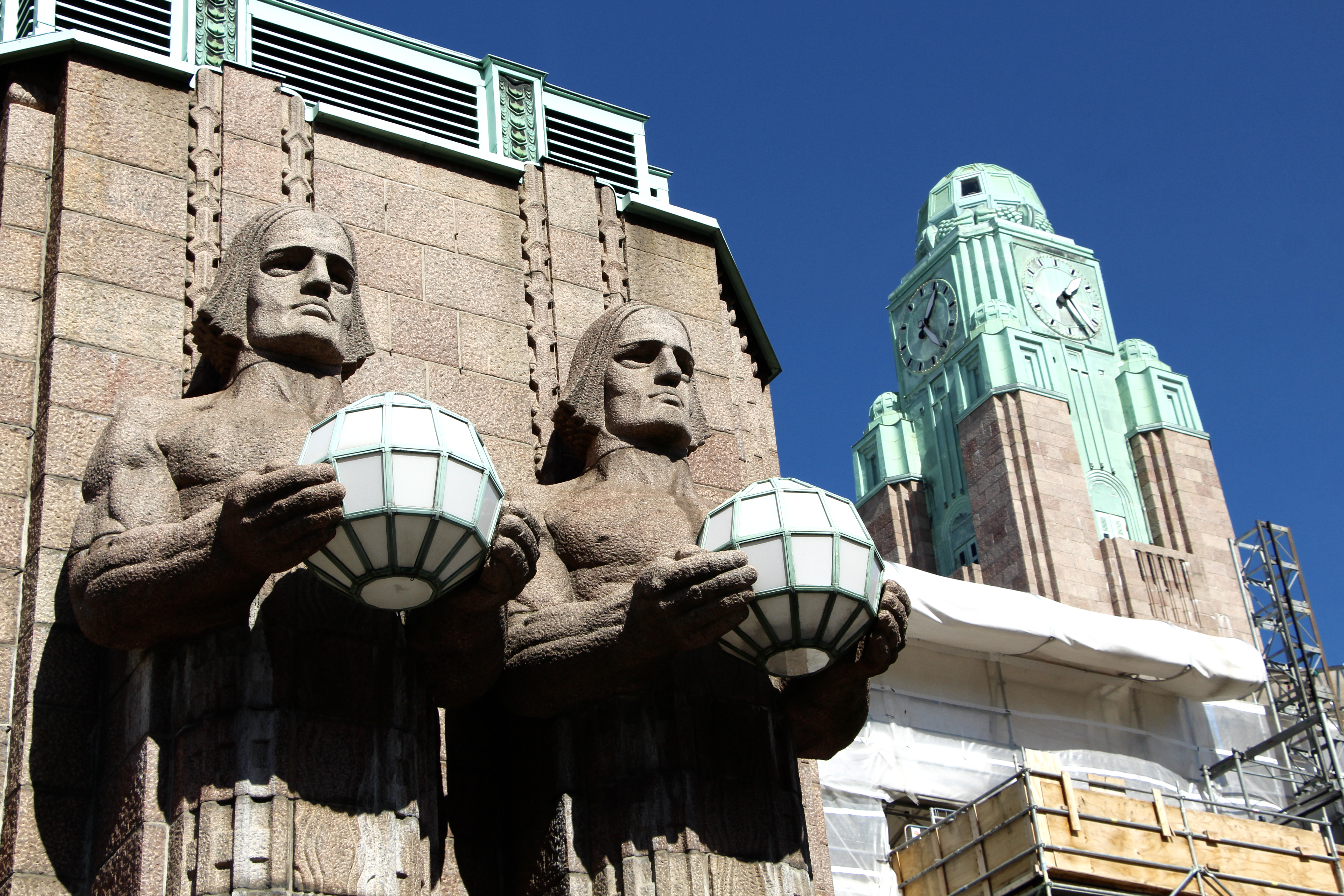
(Jordan Riefe)
Down the street is another modern marvel, this one from the 1930s. The Glass Palace, a boxy design by architects Viljo Revell, Heimo Riihimäki and Niilo Kokko, features Bauhaus style embodying the principles of functionalism. Inside are offices, restaurants and a movie theater, Bio Rex, which specializes in arthouse films. Completed in 1971 Finlandia Hall, clad in Carrara marble, was designed by modernist pioneer Alvar Aalto toward the end of his life. A meeting and event venue, its interior was designed under the German principle of the Gesamtkunstwerk—the total work of art. All the materials—furniture, fixtures and flooring—speak the simple and earth-tone language of nature.
If modernism is not your thing, then stop in at Uspenski Cathedral, the largest Orthodox church in Northern and Western Europe. Built in the Russian Revival style and consecrated in 1868, Uspenski was made from 700,000 bricks barged in from the Bomarsund Fortress in Åland after it was demolished during the Crimean War. The Kozelshchyna icon of the Mother of God is among the greatest spiritual treasures of the Finnish Orthodox Church. It was brought from Vyborg to Helsinki during World War II, but was stolen in 2010 and found buried in the Finnish city of Turku a year later after the thief revealed its location.
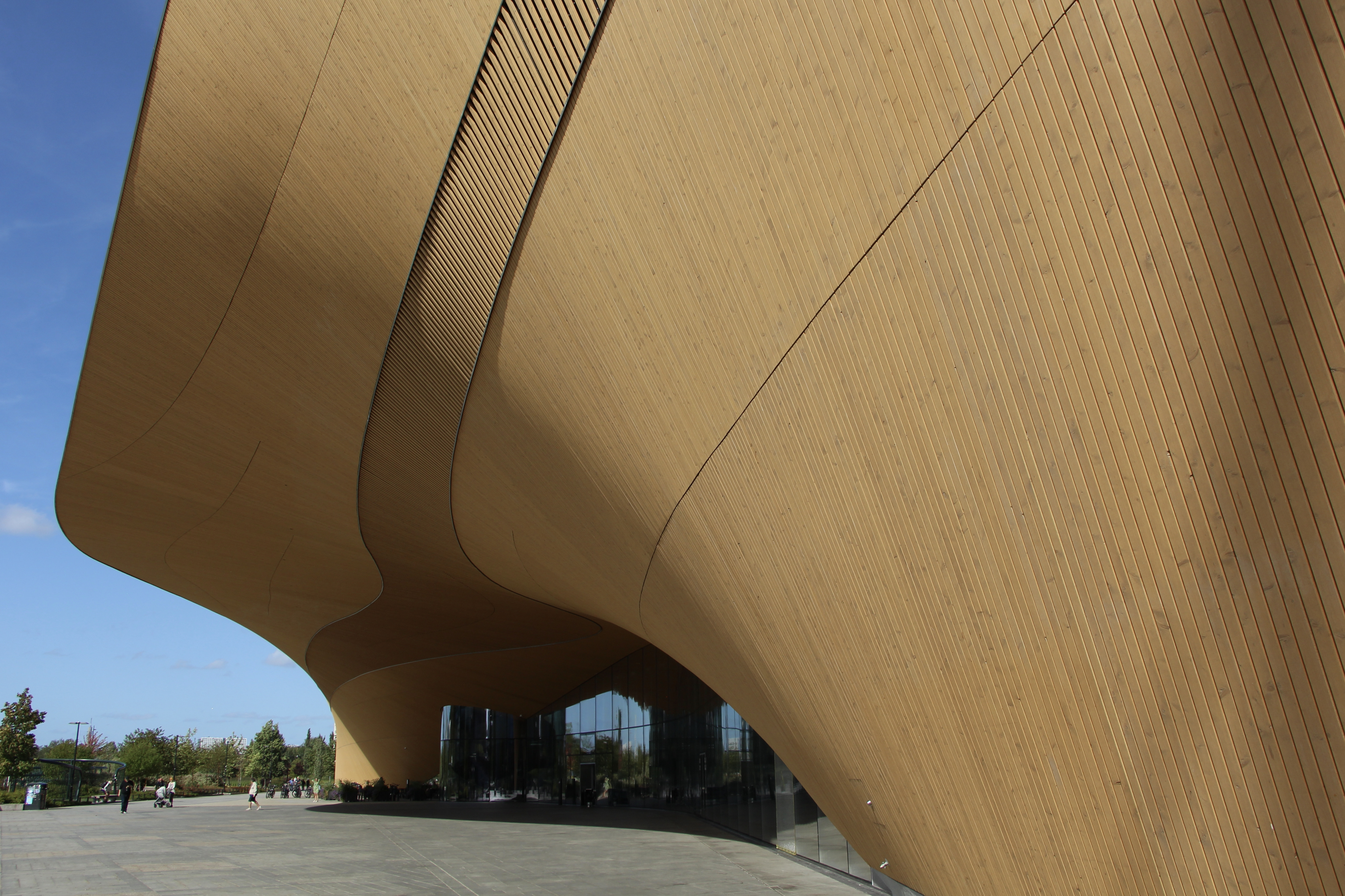
(Jordan Riefe)
A block from the Grand Hansa Hotel is the Art Museum Ateneum (the National Gallery), whose permanent collection includes works by modern masters like Picasso, Van Gogh, Cézanne, Munch and Modigliani, as well as local names like Eero Järnefelt, Albert Edelfelt and Ellen Thesleff, whose dreamy use of color brings a haunting perspective to her landscapes and portraits.
A short walk will take you through Kaisaniemi Park and across the Pitkäsilta Bridge, dating back to 1651 when it was made of wood. Now made of durable cement, it withstood the country’s civil war of 1918 as well as bombing raids during World War II.
Stop at Graniittilinna for dinner or a beer like Finns have done since 1884. It’s where none other than Vladimir Lenin, exiled from Russia, met with co-conspirators in the period before Russia’s 1917 Revolution. His regular table is still there and has been dubbed “the revolutionary table,” the perfect setting for traditional Finnish fare—lamb vorschmack with chilled schnapps, or roast arctic char, fried pike-perch, tender elk or sautéed reindeer.
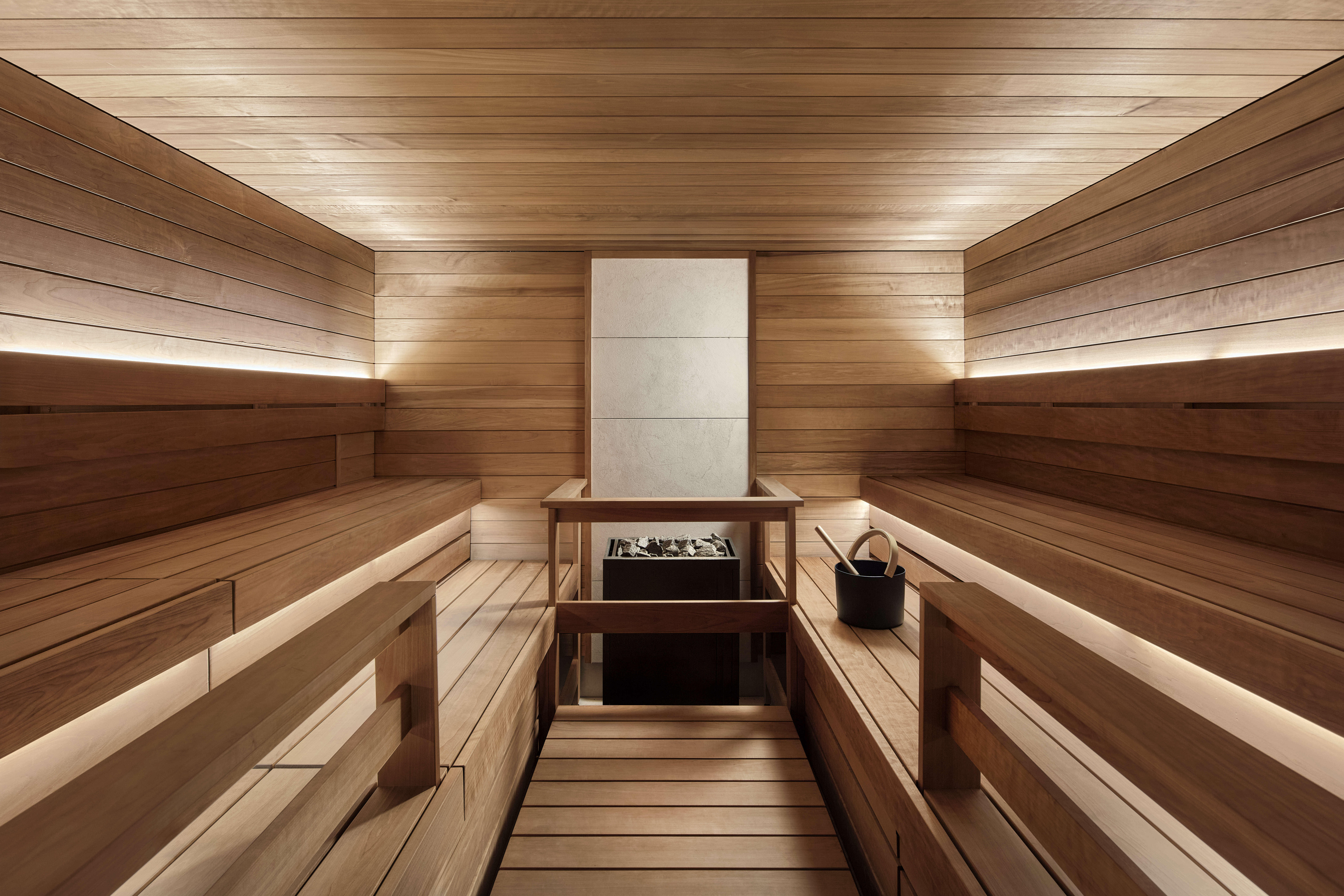
Now that you’ve taken in the sights, smells and flavors of Europe’s northernmost capital, it’s time to get misty. The name of the spa at Grand Hansa is “Usva” which means “mist,” a reference to the ethereal fog that accumulates over Finnish lakes when cold and hot air meet. Massages, facials and aromatherapy are offered, but there’s no point in coming if you don’t enjoy the sauna.
Choose from three types—traditional Finnish, infrared and steam. The steam promotes respiratory wellness, the infrared boosts heart health and reduces blood pressure, and the traditional Finnish sauna offers lower humidity than a steam sauna and promotes perspiration. And when you’re done, break out the whisks—birch branches for whipping. It’s not just kinky fun, it improves circulation, exfoliates the skin and relieves muscle pain. Finland has consistently topped the UN’s World Happiness Report. And now that you’re pink with pain (the good kind) and dizzy from Lonkero, you might have a better idea why.















